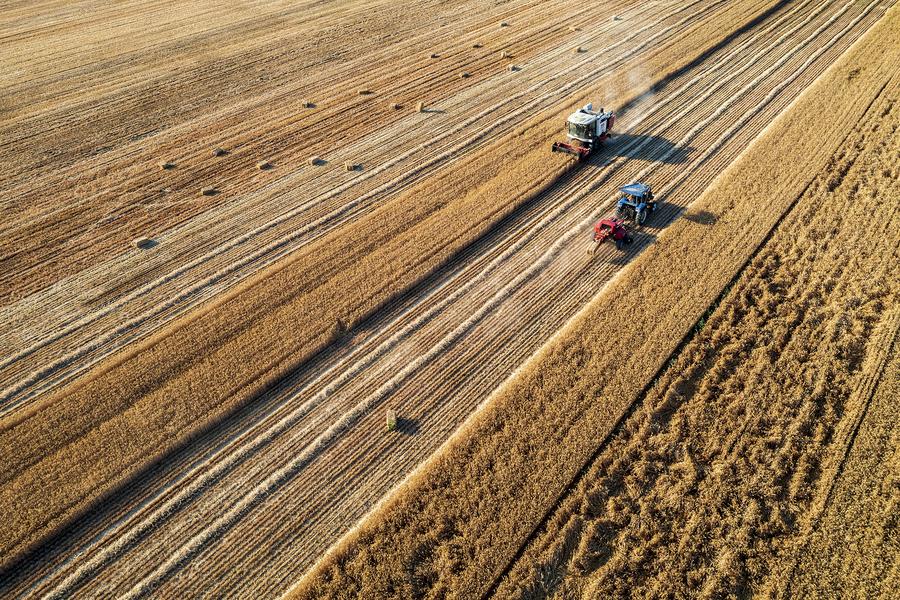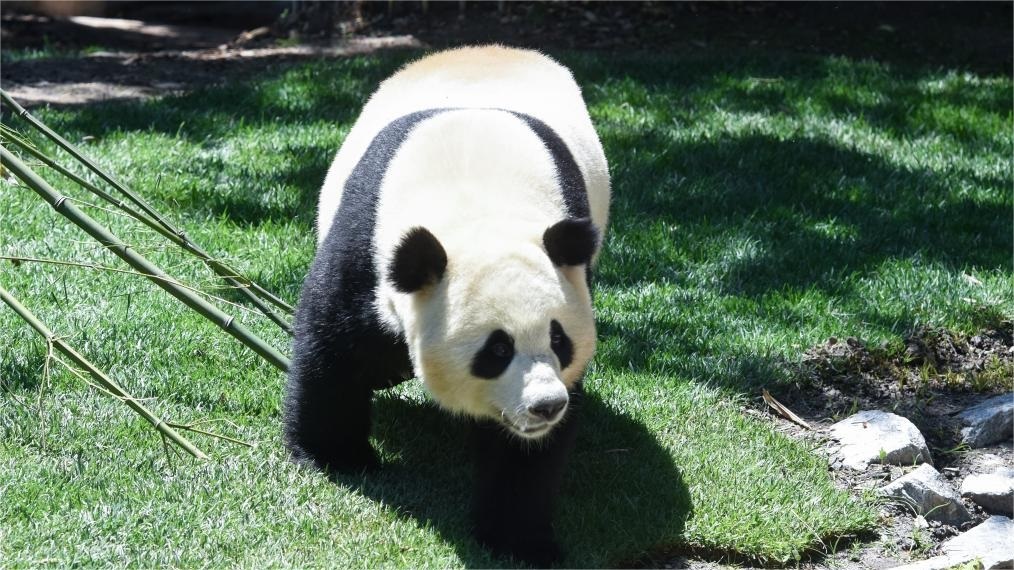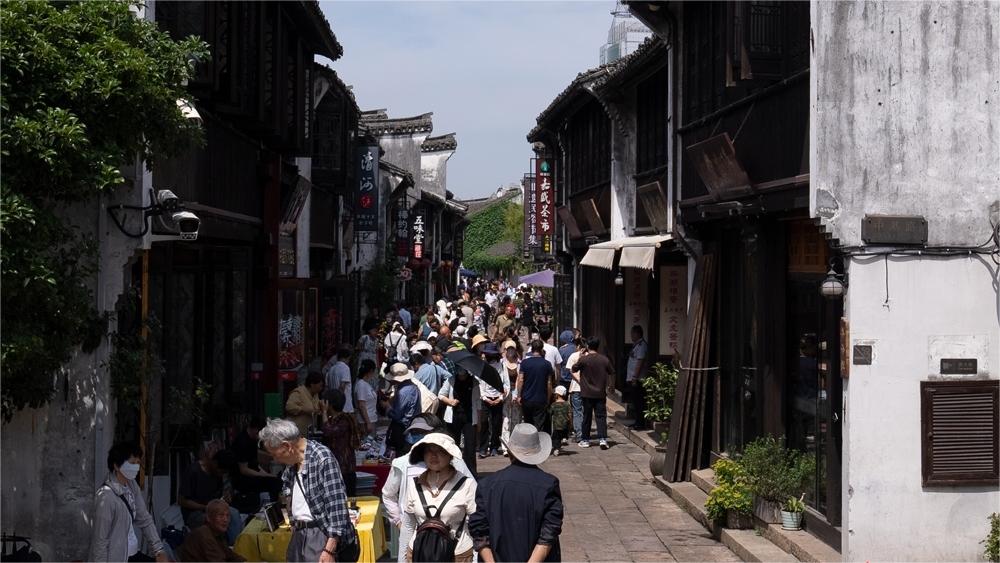Agricultural insurance serves as all-weather friend to food security

A drone photo shows harvesters in a wheat field in Cuilou Village of Liangyuan District, Shangqiu City of central China's Henan Province, May 27, 2024. (Photo by Li Heng/Xinhua)
BEIJING, May 31 (Xinhua) -- In the vast expanse of China's farmland, the rhythm of life is set by the seasons and the soil.
Farmers rise with the sun, tend to their fields and hope for the best. But Mother Nature can be fickle, and when a disaster swoops in, it doesn't just disrupt the day -- it can wipe out a year's worth of work.
Imagine the scene: a farmer, hat in hand, surveying the flood damage. His fields, once lush with promise, now lie in ruins. It's a tough blow, but not a knockout, thanks to agricultural insurance, an expanding safety net that's there when the weather turns.
China stands as an agricultural giant, boasting an impressive agricultural output value of 9 trillion yuan (about 1.24 trillion U.S. dollars) last year. With grain production nearing 700 million tonnes and meat production hitting 96 million tonnes, China leads the world in these metrics.
However, the country's susceptibility to natural disasters poses a significant challenge. Over the past decade, approximately 20.7 million hectares of agricultural land has been affected each year, on average, resulting in grain losses of about 29 million tonnes.
"Natural disasters and extreme weather events are on the rise," Vice Finance Minister Liao Min said at a press conference on Friday. "But with enhanced grain security, we ensure that China's rice bowl remains firmly in our hands."
To fortify food security, China is meticulously crafting a comprehensive policy system for grain farmers. This system integrates subsidies, pricing and insurance into an income protection framework, with agricultural insurance emerging as a keystone policy.
"The insurance for our three staple grains of rice, wheat and corn is the backbone of our agricultural insurance policy," Liao said.
These crops, which cover over 80 percent of China's total grain sowing area and account for over 90 percent of its production, will be insured through full-cost and planting income insurance this year, a milestone toward inclusive and equitable benefits across the agricultural sector, said the vice minister.
Farmers can choose from one of three types of insurance: material cost insurance, full-cost insurance and planting income insurance.
The basic material cost insurance offers coverage of about 525 yuan per mu (one fifteenth of a hectare), with a premium of 25.5 yuan per mu. The government subsidizes approximately 80 percent of this cost, allowing farmers to contribute just 20 percent, or about 5.1 yuan. For the more comprehensive full-cost and planting income insurance, the farmer's share is about 10.9 yuan per mu.
In the face of disaster, the latter two insurance types provide double the compensation, with benefits increasing as the severity of the disaster escalates. "Farmers can essentially secure their harvests regardless of whether drought or flood strikes," Liao said.
As a case in point, last year, during the wheat harvest period in central China's Henan Province, a major breadbasket, continuous rainy weather threatened the crops. Agricultural insurance stepped in, providing 2.6 billion yuan in compensation, playing a pivotal role in mitigating the farmers' losses and earning widespread recognition.
In another instance, last August, a cooperative in Harbin, northeast China, faced the most severe flood disaster in decades. With full-cost insurance covering over 60 hectares of corn, it paid a few thousand yuan in premiums and received compensation amounting to several hundred thousand yuan.
Official data reveals that agricultural insurance paid out 112.4 billion yuan last year, marking a 25.4 percent increase year-on-year. Compensation for grain, especially the three major food crops, constituted a significant portion of this payout, reaching 57.72 million households and achieving an 80 percent payout rate.
As China's agricultural scale and the number of farming entities grow, full-cost and planting income insurance serve as a cushion against disaster risks, bolstering confidence in grain planting.
With over 1.7 million family farms and 500,000 cooperatives growing grain last year, and these numbers on the rise, farmers have the confidence to plant more and better grain thanks to the safety net.
Since 2004, China has enjoyed a streak of bountiful harvests. In 2023, the country, with a population of 1.4 billion people, saw the total grain yield reach about 695 million tonnes, marking nine consecutive years of surpassing the significant mark.
From January to April this year, agricultural insurance has already paid out 29.4 billion yuan, an 8 percent increase year on year, benefiting 8.13 million households.
Photos
Related Stories
- Reputation too comes with an expiry date
- Fujian's innovations lead nation's quest for food security
- China's political advisors discuss foundations of food security
- China launches campaign against illegal operations in meat industry
- China resolutely cracks down overseas espionage activities targeting germplasm resources: state security authority
- Nation's efforts to ensure food security praised
Copyright © 2024 People's Daily Online. All Rights Reserved.









